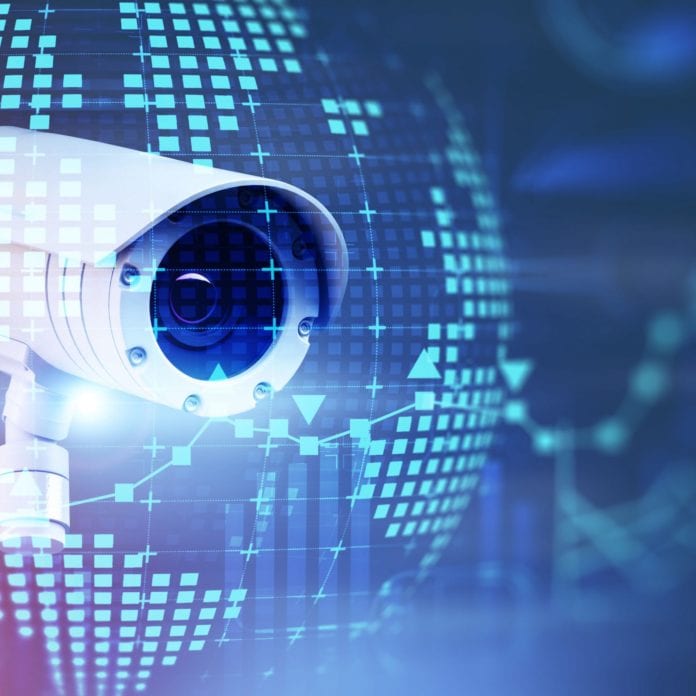European public safety market IoT growth rates are generally pegged at 15%
Terrorism, natural disasters and humanitarian crises are all realities which shape public safety and disaster response in the European Union. As the region grapples with the complexities of cross-border cooperation and response, it is also looking at how new technologies, including mobile broadband and the internet of things, can help in crisis and disaster management.
Here are four analyst firms’ take on the communications technology landscape in the European public safety market, ranging from overarching trends to the use of IoT and LTE.
-There is an overall surge in investment in public safety and homeland security infrastructure, according to analyst firm Homeland Security Research. It reports that Europeans “are experiencing a disturbing new reality in which ISIS-inspired terror and the migration crisis are quickly becoming the continent’s Homeland Security & Public Safety market ‘new norm.’”
In that context, counter-terrorism and public safety infrastructure is in the midst of a major overhaul, the analyst firm added, with a 13.4% compound annual growth rate in the period of 2016-2020 that is nearly four times the pace of the previous five-year period.
-Zion Market Research found on that on the IoT front, IoT for the public safety market was worth about $991 million last year and is projected to reach about $2.772 billion by 2025, with a CAGR of nearly 16% from 2019-2025 on a global basis.
“Regulatory agencies and government in numerous countries are working on ensuring public safety as a priority and are progressively using IoT-enabled devices,” Zion concluded, adding that IoT technologies are also being used to “provide extra safety for transportation, buildings, health, and manufacturing sectors. … These technologies help in reducing road accidents, incidents at manufacturing plants, production units, and various chemicals industries.”
Zion considers the public safety IoT market to be split into a number of areas: critical infrastructure security, emergency communication and incident management, disaster management, and surveillance and security. The use of IoT in disaster management in particular is likely to witness “substantial growth,” the company said, because it “helps to ensure the safety of organizations and government institutes in detecting threats and making arrangements for emergencies like tornados, fires, power outages, floods, and man-made disasters, to safeguard citizens.”
The European public safety market, it added, “will witness noteworthy growth in the IoT for public safety market over the estimated timeline, owing to the increasing natural calamities and cyberattacks that can impact the economy negatively. Moreover, [IoT for public safety] helps in mitigating the losses of people and governments by adopting incident management devices, climate detection sensors, and response solutions. These solutions enable the early detection of problems, thus helping operating business smoothly.”
-In terms of public safety LTE, the overall global market is expected to see a CAGR of more than 22% through 2025, according to research firm Future Market Insights.
“Since the level of threats to the general populace have increased in recent times, the coordination of procedures to restore stability have become that much more important,” the company said, adding that “The increased recurrence of large-scale emergency situations has raised the reliance on public safety LTE. The need for coordination between military, fire response, emergency services, and police has gained intensifying prominence leading to an enhanced implementation rate for public safety LTE globally. A marked level of improvement in the quality images and video due to network infrastructure development have contributed to the progress of the public safety LTE market. Also, the lessening of connectivity problems in networks is expected to raise the evolution of the public safety LTE market in the approaching years. Furthermore, the upsurge in government budgetary allocations and the penetration of the internet of things is forecasted to create a surge in the expansion of the public safety LTE market in the impending period.
In its regional analysis, the firm found that “the European region is anticipated to control the highest share of the market and appear as the fastest rising regional market over the forecast period,” with North America the second-largest market and China expected to develop into a major public safety LTE market over the forecast period through 2025.
In a separate report, Future Market Research also explored the European public safety market for IoT; it predicts a CAGR of more than 15% through 2023, in line with Zion Market Research’s numbers. That growth is driven, FMR said, by “the emergence of internet of things (IoT) as a viable option for protecting public interests. The spike noticed in crime rates is likely to trigger the need for tougher security measures and IoT can play a significant role thanks to advancements in video surveillance systems. Impending public safety threats amid rising incidence of terrorism and vandalism is likely to drive the IoT for public safety market demand over the forecast period. Government efforts in creating smart city projects for safeguarding the lives of their citizens can be of benefit the market.”
-U.K.-based Data Bridge Market Research also expects to see the European market for public safety IoT grow at a CAGR of about 15% between 2019 and 2016. The company considers there to be four segments of the market: components (including platforms, services and solutions), end users (various verticals which might use public safety IoT offerings, from transportation to smart buildings and homeland security), applications (such as surveillance, disaster management and critical infrastructure security) and geography.
Data Bridge says that in the components segment, the market for solutions is likely to grow the fastest through 2026. Among end users, the smart building and home automation verticals are seen as the likely frontrunner. The firm sees disaster management as the fastest-growing segment of public safety IoT applications.
Interested in more information on public safety trends and challenges, with a focus on the European market? Join RCR Wireless News for an upcoming webinar on the topic and keep an eye out for the accompanying special report which will be released Sept. 18.

